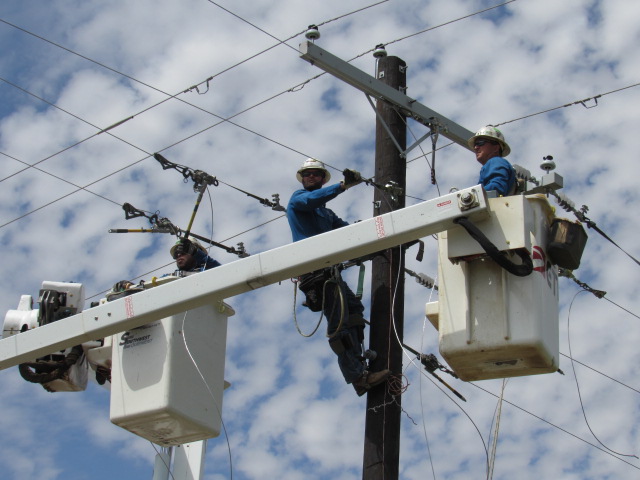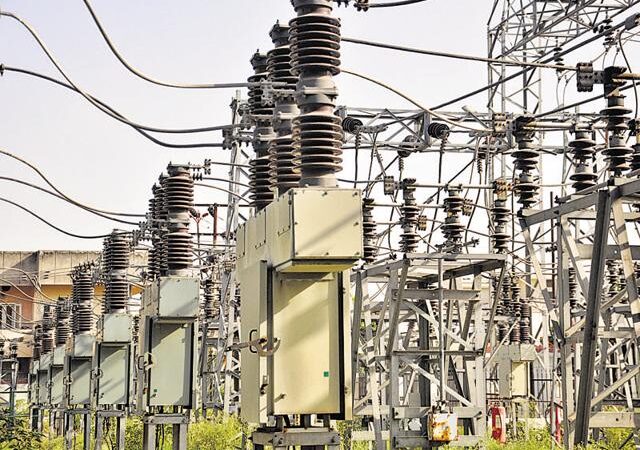Electricity is a fundamental force that powers our modern world. From the lights in our homes to the devices we use daily, electricity plays a crucial role in our lives. But have you ever wondered what electricity really is and how it works? In this beginner’s guide, we’ll explore the basics of electricity to help you grasp its fundamental concepts.
The Nature of Electricity
At its core, electricity is the movement of electrons, which are tiny particles that orbit the nucleus of an atom. Electrons have a negative charge, while the nucleus contains positively charged protons and neutral neutrons. The interaction between these charged particles gives rise to electrical phenomena.
Electric Charges and Fields
Electricity is based on the concept of electric charges. There are two types of charges: positive and negative. Like charges repel each other, while opposite charges attract. This fundamental principle is described by Coulomb’s law, which quantifies the force between two charged objects.
Objects with an excess of electrons are negatively charged, and those lacking electrons are positively charged. When charges accumulate on an object, they create an electric field around it. This field exerts a force on other charged objects within its vicinity.
Voltage, Current, and Resistance
Three fundamental concepts are essential to understanding electricity: voltage, current, and resistance. These concepts are often compared to the flow of water through pipes to help illustrate their relationships.
Voltage is the driving force that pushes electrons through a circuit. It’s often compared to the water pressure in a pipe. Voltage is measured in volts (V), and higher voltage leads to a greater potential for electron movement.
Current is the flow of electrons in a circuit. It’s analogous to the amount of water flowing through a pipe. Current is measured in amperes (A) and is influenced by both voltage and resistance. A higher voltage or lower resistance leads to a larger current.
Resistance opposes the flow of current in a circuit. It’s similar to the constriction a narrow pipe places on water flow. Resistance is measured in ohms (Ω) and is influenced by the material, length, and thickness of a conductor. Materials with low resistance, like metals, are good conductors, while materials with high resistance, like rubber, are insulators.
Circuits: Pathways for Electricity
A circuit is a closed loop through which electricity can flow. It typically consists of a power source (like a battery or generator), conductors (wires), and a load (device consuming electrical energy). Circuits can be either series or parallel.
Series circuits have all components connected in a single pathway. The current remains the same throughout the circuit, but the voltage drops across each component. If one component fails or is removed, the circuit is broken.
Parallel circuits have multiple pathways for the current. Each component has its own connection to the power source. Parallel circuits allow for different devices to operate independently, and if one device fails, the others can still function.

Basic Safety Precautions
When dealing with electricity, safety should always be a priority. Here are some essential safety tips to keep in mind:
- Turn off the power: Before working on any electrical components or circuits, make sure to turn off the power source to avoid the risk of electric shock.
- Use appropriate tools: Insulated tools are designed to prevent electrical conductivity. When working on live circuits, use tools specifically designed for electrical work.
- Avoid water: Water is a conductor of electricity. Never touch electrical components with wet hands or in damp environments.
- Inspect cords and wires: Frayed or damaged cords and wires can be hazardous. Replace them immediately to prevent accidents.
- Respect wattage limits: Every electrical device has a wattage rating. Plugging too many devices into a single outlet can overload it and pose a fire hazard.
Conclusion
Electricity is a powerful force that has transformed the world in ways unimaginable just a few centuries ago. By understanding the basics of electricity – its charges, fields, voltage, current, resistance, and circuits – you’re equipped with the foundational knowledge to appreciate the technology and innovations that surround us. Always remember, though, that with great power comes great responsibility, and practicing electrical safety is paramount. So, the next time you flip a switch or charge your phone, you’ll have a clearer understanding of the intricate dance of electrons that makes it all possible. If you would like additional free advice, tips, and timely, current information about electricity, check out iCharts to know more.

